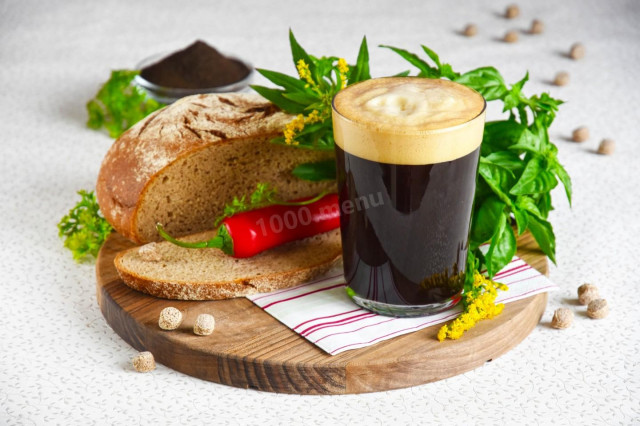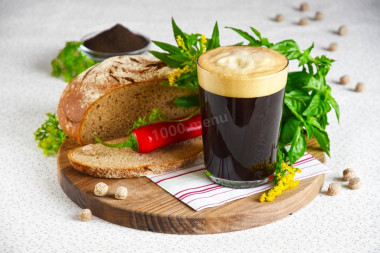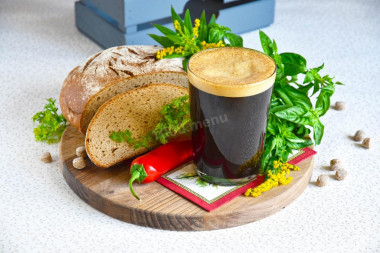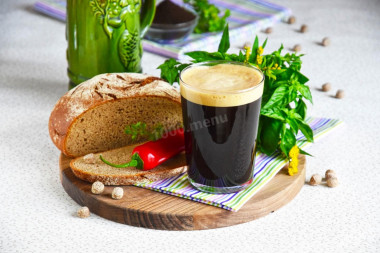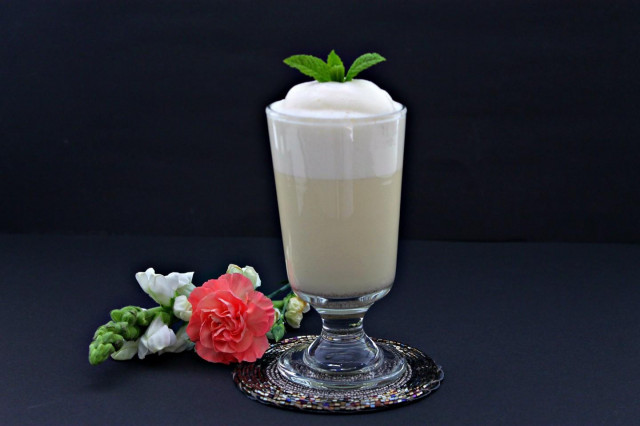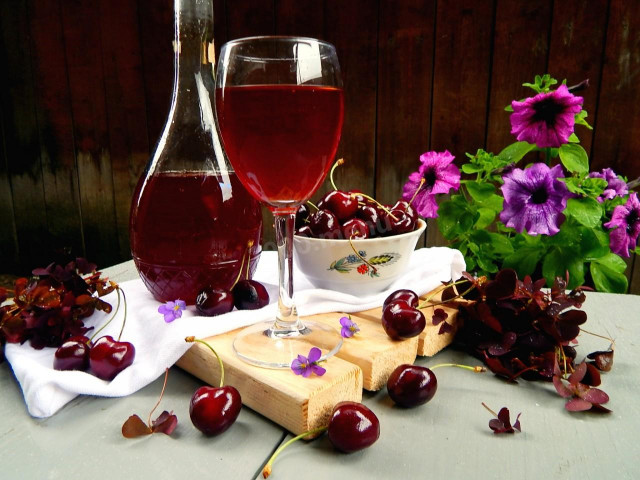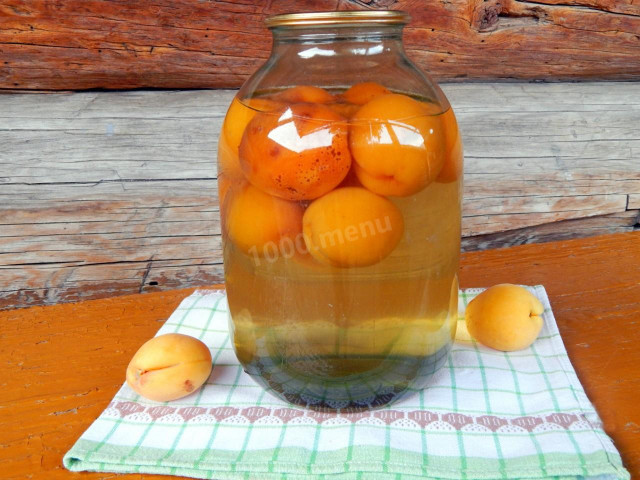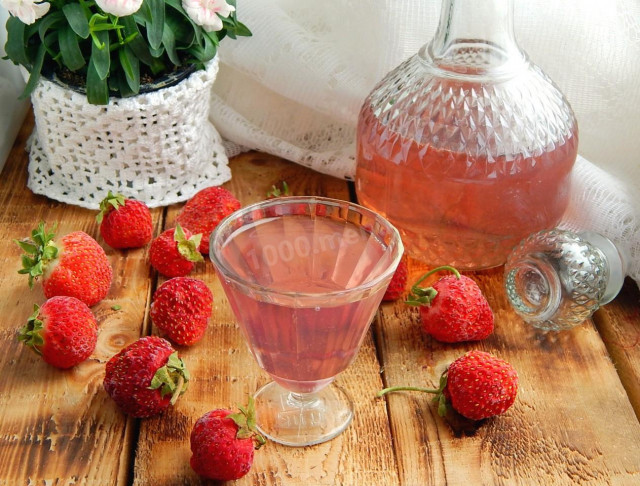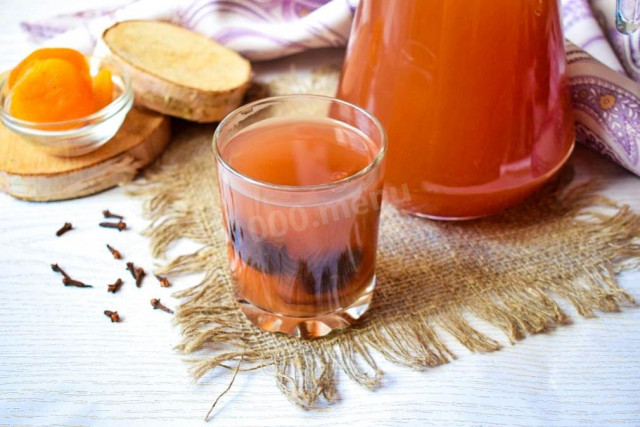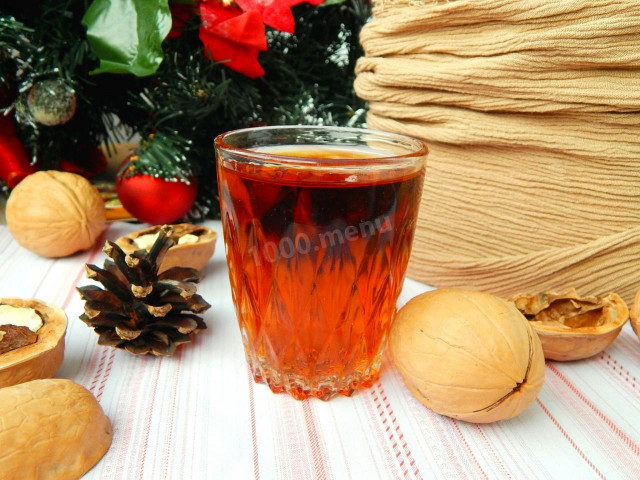Composition / ingredients
Step-by-step cooking
Step 1:
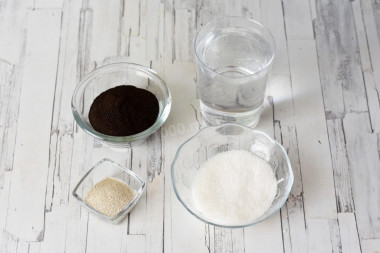
How to make kvass from rye malt at home? Very simple. To do this, you need the very minimum of ingredients. Malt for kvass needs ground fermented rye. Yeast is dry, but you can replace them with fresh ones at a rate of 1:3, that is, about 9-10 g.
Step 2:
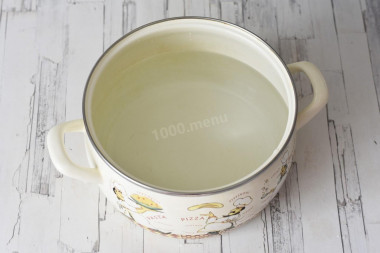
Pour bottled drinking water into a saucepan (it is undesirable to use tap water, as it may have an unpleasant taste) and bring to a boil over high heat.
Step 3:
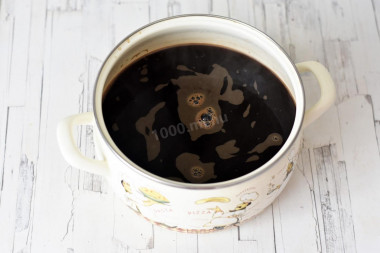
Remove the pan from the heat and immediately pour rye malt into boiling water and stir thoroughly, breaking all the lumps. Leave the mixture to infuse and cool at room temperature. At the same time, the mixture should remain warm.
Step 4:
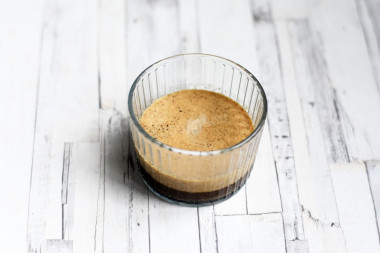
Pour 100 ml of warm malt into a glass (37-40°C) add yeast. I just scatter the yeast over the surface without stirring. Leave the mass for 7-10 minutes to check the yeast activity. A lush light cap should appear on the surface. If the caps do not appear, then the yeast is stale and kvass will not work with them. You need to replace the yeast with new ones and check for activity again.
Step 5:
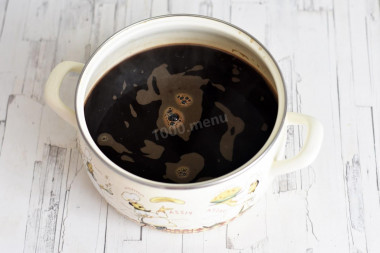
In still warm malt (37-40°C) pour in the sugar and stir well until all the crystals dissolve. Then pour in the yeast mixture and mix again. Before adding yeast, it is important to check that the whole mixture (especially in depth) is warm and not hot. The most common mistake lies in the fact that the water at the bottom is much hotter than on the surface. And the yeast is dying.
Step 6:
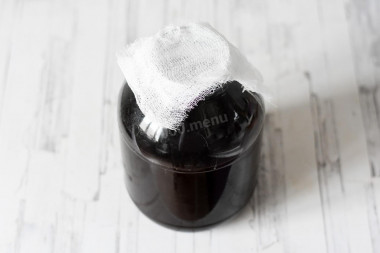
Pour the mixture into a jar or leave it in a saucepan and cover with folded gauze in several layers. Leave the kvass at room temperature for 8-10 hours. Optionally, you can add a few pieces of unwashed raisins, kvass will get a light edge. If everything is done correctly, the mixture in the jar will sizzle slightly, crackle. Foam may appear on the sides. This is the work of yeast.
Step 7:
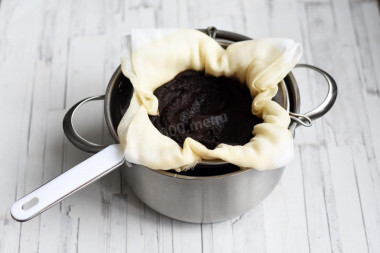
Then strain the malt through a sieve lined with folded gauze in 4-6 layers. At the same time, the swollen malt itself should remain on the gauze.
Step 8:
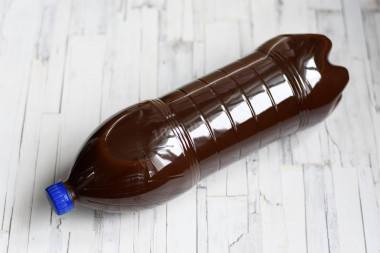
Pour the filtered kvass into bottles, tightly twist it and put it in the refrigerator for 1 day for final maturation.
Step 9:
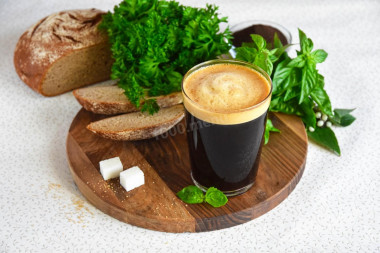
Pour the finished chilled kvass into glasses and serve it to the table. Bon appetit!
You can increase the amount of sugar to taste, but keep in mind that yeast dies from excess sugar.
For cooking, it is better to use filtered or bottled water that is neutral to taste. If you use tap water, keep in mind that it can give the dish an unpleasant characteristic taste.
Important! Using dry yeast, it should be borne in mind that they occur in two forms: active and instant (read the instructions carefully before use!).
Active dry yeast looks like beads or small balls. Before applying them, they must be brought out of the "sleep mode". To do this, the active yeast is diluted in warm sweet water, milk or whey. The resulting bubbles, foam or "cap" indicate that the yeast is ready for further use. Active dry yeast must be brought to complete dissolution in the liquid, otherwise, due to the remaining grains, the dough may not rise and the baking will be spoiled (yeast grains that have not dissolved in the liquid and got into the dough will not disperse on their own, which means they will not work).
Instant dry yeast is easier to use. They do not need to be activated before use. Such yeast, along with other ingredients, is simply added to the dough. As a result, the baking time is reduced.
It should also be remembered that both types of dry yeast may differ in their activity from different manufacturers.
Caloric content of the products possible in the composition of the dish
- Granulated sugar - 398 kcal/100g
- Sugar - 398 kcal/100g
- Water - 0 kcal/100g
- Malt - 361 kcal/100g
- Dry yeast - 410 kcal/100g

